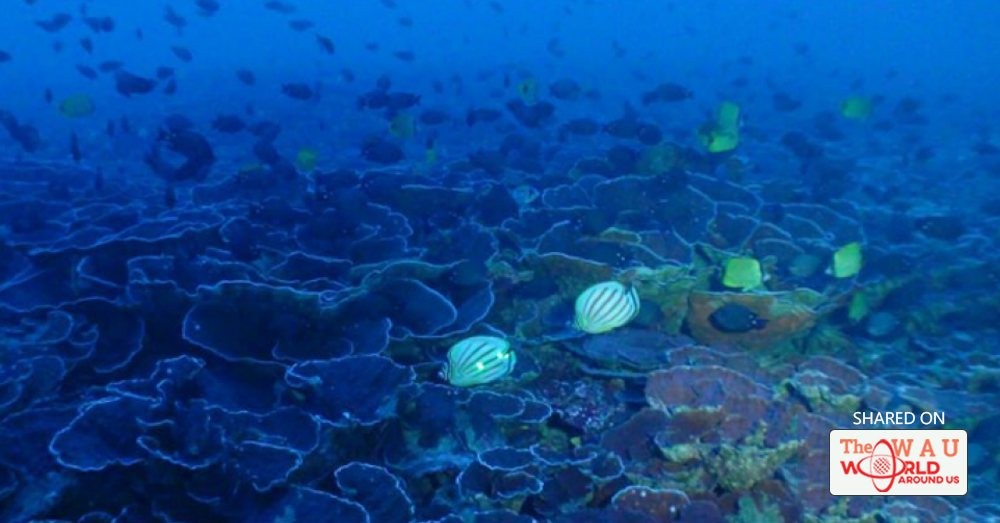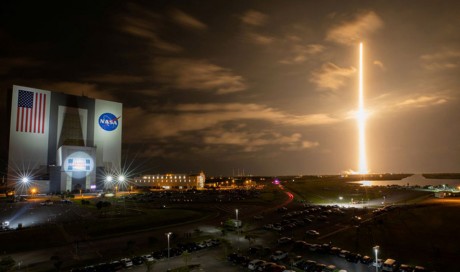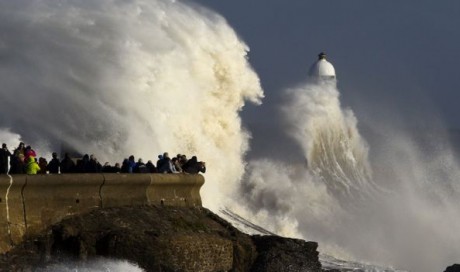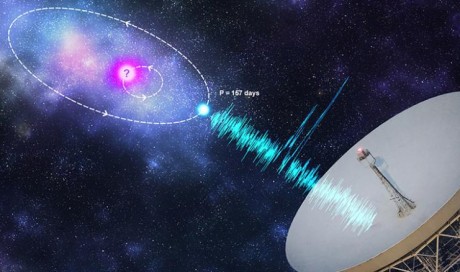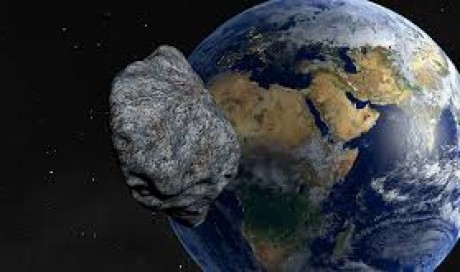It’s taken two decades, but scientists have finally completed their survey of the deep sea ecosystems surrounding the Hawaiian islands, and they’ve found something truly remarkable.
Down past the shallow reefs to where the waters are forever shrouded in almost total darkness, researchers have discovered the largest known continuous coral system on Earth, with one section featuring the highest level of endemism in any marine ecosystem on record.
What’s crazy about this discovery is that no one was expecting such an ecosystem to exist in the Hawaiian archipelago’s mysterious mesophotic (or middle light) coral zone, because at depths of 30 to 150 metres (100 to 500 feet), things are pretty dim and cold down there.
"What is unique about this study is how vast and dense the coral cover is," lead researcher Richard Pyle from Bishop Museum in Honolulu told the Associated Press.
"Although there was a bit of a hint that corals could survive ... down at those depths, these reefs off Maui were far and away much more dramatic both because they were deeper and they had higher coral cover percentage."
Hawaii's deep reef area is often referred to as the Twilight Zone, because it occupies a depth that’s too deep for divers to explore, but too shallow to justify the US$30,000 to $40,000 a day it costs to deploy a submersible, unmanned rover.
Instead, the international team of researchers had to make do in the darkness with a combination of drop cameras, data recorders, advanced diving techniques involving rebreathers, and remotely operated vehicles when they could afford them.
They managed to explore the entire 2,590-km-long Hawaiian archipelago, and to their surprise, discovered coral ecosystems that hosted more than double the amount of native Hawaiian fish species as the shallower waters.
As Matt Simon reports for Wired, in any shallower reef in Hawaii, 17 percent of the fish species will be endemic - unique to that part of the world. But in the deep reef systems that have just been discovered, that percentage skyrocketed to 50 percent.
Around the northwestern Hawaiian Islands, the team reported that 100 percent of the deep reef fish are found only in Hawaii.
"[M]oving up to the northwestern Hawaiian islands, there were some spots, particularly in Kure, down at 300 feet [91 metres], where literally every fish on every survey is a species known only from the Hawaiian islands," Pyle told Simon.

The discovery has given us some much-needed hope, after news from earlier this year that a stunning 93 percent of Australia's Great Barrier Reef had been damaged by coral bleaching.
The researchers suspect that these deep reef ecosystems are incredibly ancient, and owe their survival to the fact that at those depths, conditions remain pretty constant - year in, year out - whereas the shallow reefs feel the effects of rising temperatures and pollution levels the strongest.
Plus every 100,000 years or so, the shallow reef inhabitants have to clear house or die. "That’s due to ice ages," Pyle says. "So every time we have an ice age, a lot of the world’s water is locked up in glaciers, and as a consequence the sea level drops by about 300 feet."
Let's hope that through all the mess we humans are making up on land, in the shallows, and in the atmosphere, down there in the deep reef, life can just keep chugging along.
Share This Post

